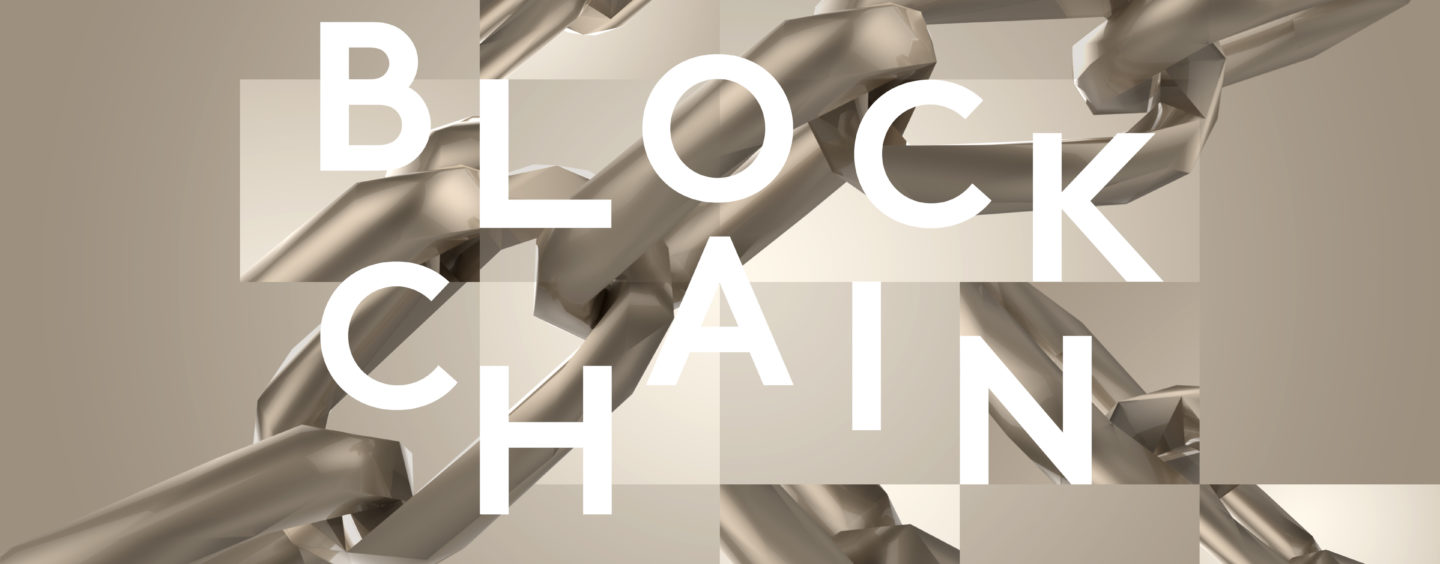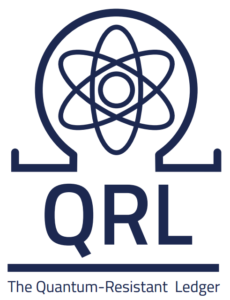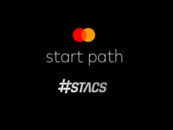
IOTA and Quantum Resistant Ledger: Two Innovative DLT/Blockchain Projects
by Fintech News Singapore July 26, 2017The blockchain market is growing rapidly and is set to surge from US$210.2 million in 2016 to US$2.312 billion by 2021, at a CAGR of 61.5%, according to report by Research and Markets.
Blockchain, the underlying technology that originated in the form of a public ledger to keep a track of all cryptocurrency transactions, promises numerous benefits including eradication of the requirements of a financial institution to validate transactions, reduce duplicative record keeping, eliminate reconciliation, minimize error rates, and facilitate faster settlement.
Already numerous blockchain solutions have been deployed across various industry verticals including banking, financial services, insurance, government and public sector, healthcare, retail and e-commerce, and media and entertainment, among many others.
But blockchain innovation has yet to reach its full potential, and today still, new, innovative projects are being launched on a regular basis with an aim to advance distributed ledger technology (DLT).
Today, we look at two blockchain and DLT projects that have gained notable traction from the public, namely IOTA, which aims to be the infrastructure for the Internet-of-Things (IoT), and Quantum Resistant Ledger, a new public blockchain ledger that promises long-term stability and security.
IOTA as the backbone of the IoT
 Launched in 2015, IOTA is an open source distributed ledger technology that aims to function as the backbone of the IoT.
Launched in 2015, IOTA is an open source distributed ledger technology that aims to function as the backbone of the IoT.
IOTA is the only technology of its kind that is able to function as the lightweight distributed ledger with scalability, quantum resistance and decentralization for all IoT devices.
IOTA was created as a related derivation of blockchain technology. Unlike Bitcoin, which uses a blockchain architecture for maintaining its ledger, IOTA uses an innovative new quantum-proof protocol, known as the Tangle.
The Tangle enables unique new features like zero fees, scalability, fast transactions, secure data transfer and many others. The protocol solves some of the limitations and issues faced by most cryptocurrencies by requiring the sender in a transaction to confirm two other transactions on the Tangle network. Simply put, the user and the validator (or miner) are no longer decoupled entities.
The result is that in IOTA, the network transaction speed increases as the number of users increases, as opposed to blockchain cryptocurrencies which get slower with increased numbers of users. It also eliminates the need for users to pay miners with transaction fees for confirming transactions, since users to it themselves.
IOTA is focused on being useful for the emerging machine-to-machine (M2M) economy of the IoT, data integrity, micro-/nano- payments, and other applications where a decentralized settlement system is warranted.
According to McKinsey Global Institute, the impact of the IoT on the global economy might be as high as US$6.2 trillion by 2025. Analysts have predicted that the installed based of the IoT devices will grow from around 10 billion connected devices today to as many as 30 billion by 2020, an uptick of about 3 billion new devices each year.
In May, the IOTA Foundation, the non-profit organization based in Germany behind the IOTA protocol, launched a US$2 million fund intended to foster growth of its technology.
Dubbed the IOTA Ecosystem Fund, the initiative aims to incentivize expanding and shaping the IOTA ecosystem through use cases, libraries, tools and events.
“Every great open source project has a great ecosystem surrounding it, in many ways it is the defining characteristic that separates a mediocre project from a great one,” said David Sonstebo, founder at IOTA.
“A thriving ecosystem is a prerequisite for long-term success. The IOTA Ecosystem Fund is backed by over US$2 million to open up a world of possibilities for developers and researchers to take the IOTA ecosystem even further.”
The Quantum Resistant Ledger (QRL), a highly secure blockchain ledger
 The Quantum Resistant Ledger (QRL) is another distributed ledger project that has gained notable traction in recent months.
The Quantum Resistant Ledger (QRL) is another distributed ledger project that has gained notable traction in recent months.
QRL is a public, high security blockchain ledger that uses a quantum computing resistant encryption method. The encryption methods used by today’s blockchains could become vulnerable to quantum computing within the next 10 years. QRL aims to create a blockchain with long-term stability and security.
Earlier this year, the QRL ICO sold out in a private sale with a cap of US$4 million. QRL founder Peter Waterland believes a lot of the support for the project comes from a few unique value propositions including the use of stateful XMSS signatures to secure addresses, the Ephemeral messaging layer, and custom hash-based POS algorithm generating randomness using hash-based PRF and iterative keyed hash-chain.
In June, QRL launched ERC20 tokens for contributors, a short-term interim choice prior to the launch of QRL’s independent enterprise grade blockchain protocol and network.
Featured image: Blockchain via Wikipedia.







